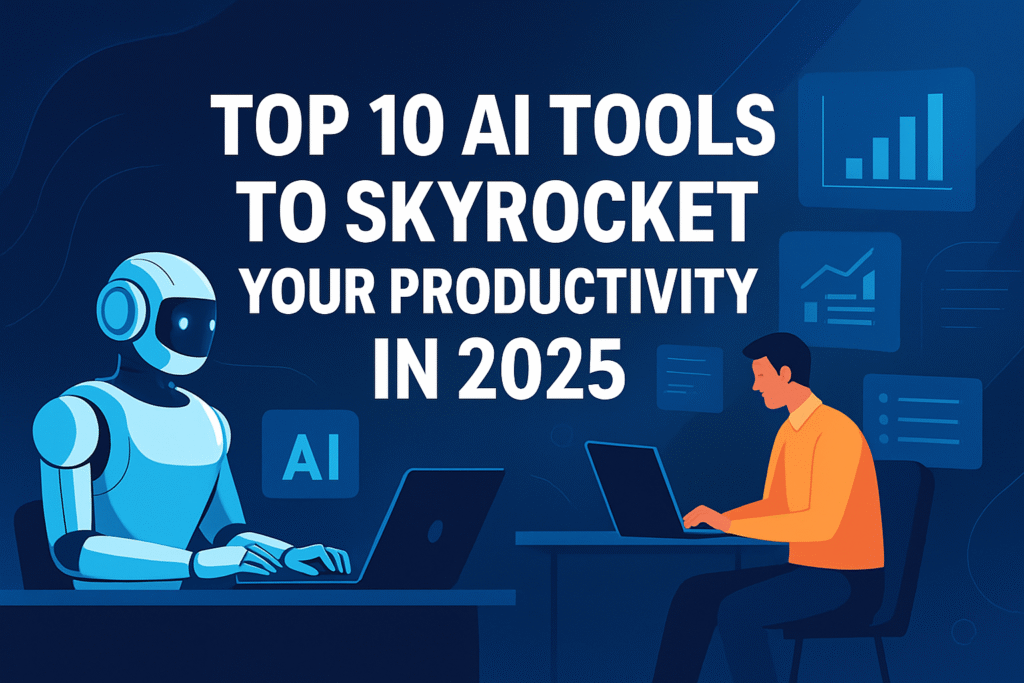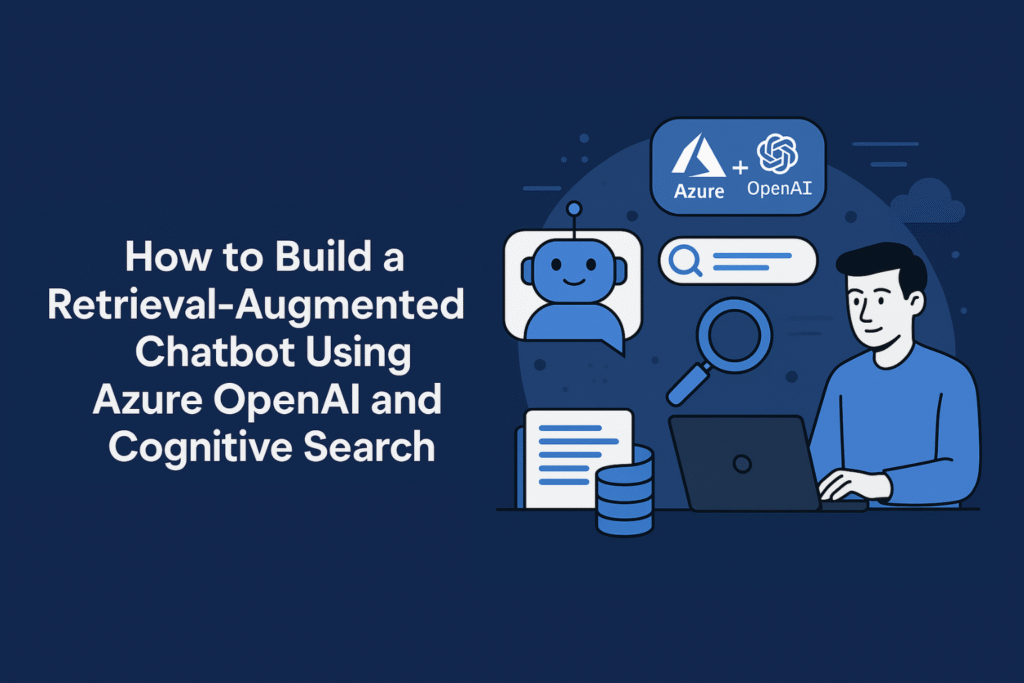
Introduction: The Rise of Voice AI in 2025
In 2025, Voice AI has advanced to astonishing levels. What once sounded robotic and synthetic now sounds nearly indistinguishable from real human speech. Whether you’re a content creator, entrepreneur, or enterprise business, leveraging Voice AI in 2025 can unlock powerful productivity and creative advantages.
This article dives deep into how voice synthesis technology works, explores cutting-edge tools like ElevenLabs and PlayHT, and discusses the real-world applications, ethical dilemmas, and future of this game-changing tech.
What Is Voice AI?
Voice AI refers to artificial intelligence systems that understand, replicate, or generate human-like speech. It’s part of a broader field called speech synthesis, which uses machine learning to convert text into natural-sounding audio.
Thanks to deep learning, neural networks, and massive voice datasets, Voice AI tools in 2025 can:
- Clone voices with just a few seconds of audio
- Read scripts in lifelike tones, accents, and styles
- React in real-time for conversational AI and customer support
How Does Voice AI Work?
Voice AI is built on deep learning models like Tacotron 2, WaveNet, and transformer-based architectures. Here’s a simplified breakdown:
- Text Input – You provide the AI with a script or input text.
- Linguistic Analysis – The AI breaks it into phonemes (sound units).
- Prosody Modeling – It determines tone, speed, pitch, and pauses.
- Speech Synthesis – Neural models generate audio that mimics human expression.
In recent years, companies have fine-tuned this process using voice cloning, emotional tagging, and multilingual support.
Top Voice AI Tools in 2025
1. ElevenLabs
Website
ElevenLabs is widely considered the leader in ultra-realistic voice synthesis.
- Features:
- Voice cloning with as little as 30 seconds of audio
- Multiple speaking styles (friendly, serious, dramatic)
- Multilingual voiceovers
- Steps to Use:
- Create an account on ElevenLabs
- Upload your text or clone a voice
- Choose language & emotion
- Click “Generate” and download your audio
2. PlayHT
Website
PlayHT is another powerful AI voice generator focused on content creators and businesses.
- Features:
- Over 800 voices in 140+ languages
- Podcast and YouTube-ready outputs
- API access for developers
- Steps to Use:
- Visit PlayHT
- Paste your text or script
- Select a voice & language
- Export high-quality MP3 or WAV files
Real-World Use Cases
Content Creation & Voiceovers
Creators use Voice AI for:
- YouTube narration
- Podcast intros
- Audiobooks
- Social media content
Example: Content creators on YouTube now use AI voices to automate narration in explainer videos and how-tos.
Customer Support & IVR
Companies integrate Voice AI with virtual assistants to provide:
- 24/7 multilingual support
- Consistent tone and branding
- Cost-effective automation
Accessibility
Voice AI helps:
- Generate audio for the visually impaired
- Read websites, books, and documents aloud
- Provide real-time translations and alerts
Ethical Concerns & Voice Deepfakes
As voice cloning becomes mainstream, so do the risks.
Common Concerns:
- Deepfakes: AI-generated voice impersonation of celebrities, politicians, or even regular people.
- Fraud: AI voices used in phishing scams or social engineering.
- Consent: Unethical cloning of someone’s voice without permission.
Responsible Use Tips:
- Always get voice owner’s permission
- Add disclaimers when using synthetic voices
- Use platforms that follow ethical guidelines
For more on AI ethics, check this Google AI Principles.
The Future of Voice AI
Voice AI is moving toward:
- Real-time AI conversations with emotional nuance
- Hyper-personalized voices for every individual
- Creative expression, like AI voice musicians
Companies like OpenAI, ElevenLabs, and Meta are researching real-time, multimodal models that combine voice + image + text, pushing AI assistants into the next frontier.
Also Read
Final Thoughts
Voice AI in 2025 is a powerful force — both inspiring and controversial. With proper use, it can enhance productivity, enable creativity, and expand access to technology. But with great power comes great responsibility. As the tech evolves, the conversation around ethics, privacy, and authenticity must evolve with it.
Are you using Voice AI yet? Let us know in the comments!

